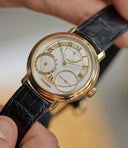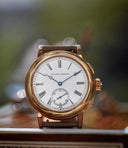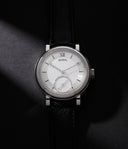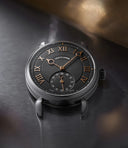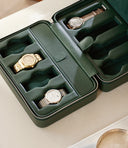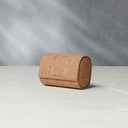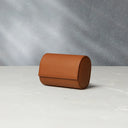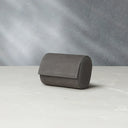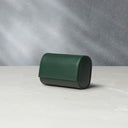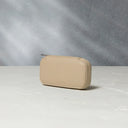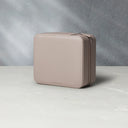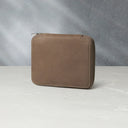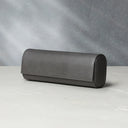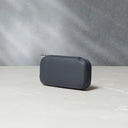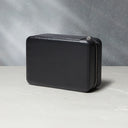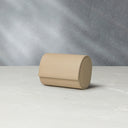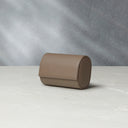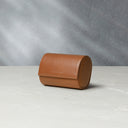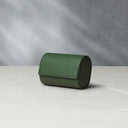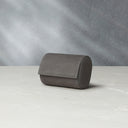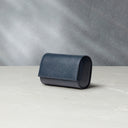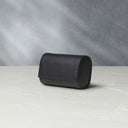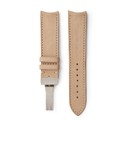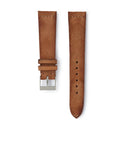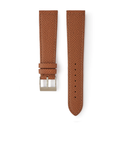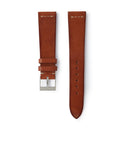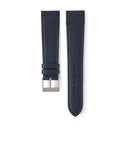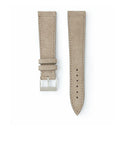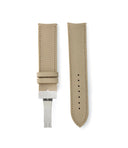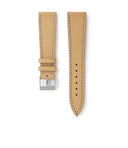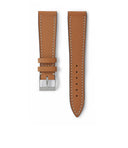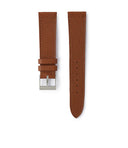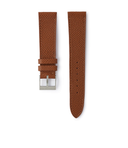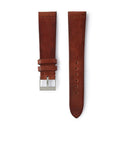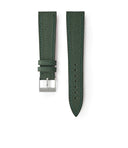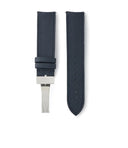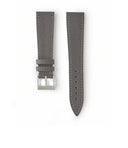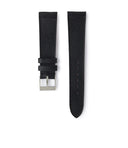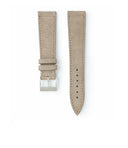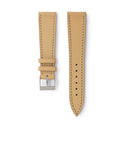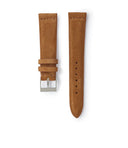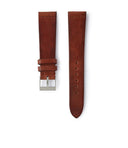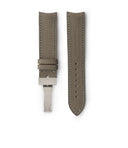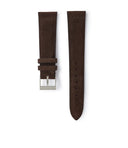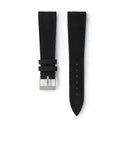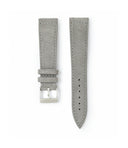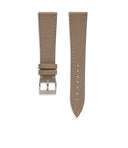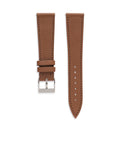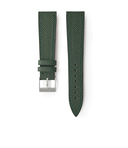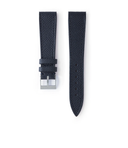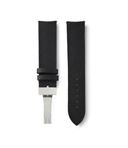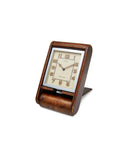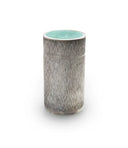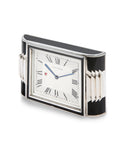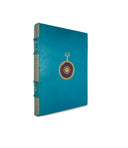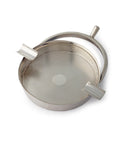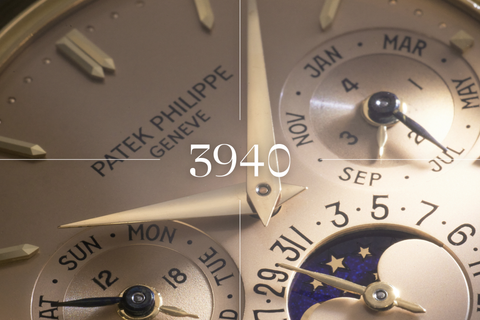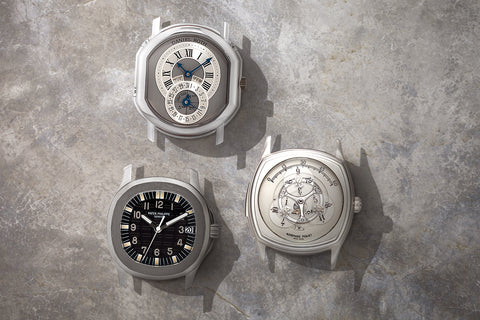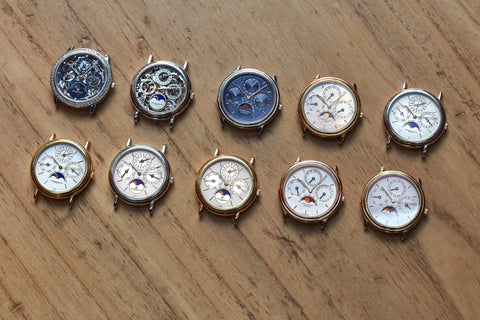The Patek Philippe Reference 3940 is perhaps the most iconic perpetual calendar of the modern era. The design, balanced and restrained, features details specific to each of the three series it was produced in (plus the 25-piece series for Beyer and the pre-series) between 1984 and 2007. This makes it especially attractive to the detail-minded collector. Paired with the slim, micro-rotor calibre 240Q, the 3940 was always destined to be a modern classic.
This example is from the second year of the first series of the 3940. Created in 1986, it features a dial by Stern Frères with sharply cut-out registers at 3 and 9 o’clock — the key detail of the first series. Other details, such as the accent on Genèva_ _in the brand mark, the “σ SWISS σ” at 6 o’clock, and the two-tone day/night indicator in the register at 9 o’clock, mark it as one produced by Stern Frères (and not by the dial maker Singer, which also produced 3940 dials). The sharply sunken subsidiary registers reportedly presented manufacturing challenges, and this is perhaps part of the reason why fewer than 1,500 examples of the first series of the 3940 were made.
A remnant of craftsmanship from previous generations (such as References 3448 and 3450), the dial also bears evidence of manual finishing — much of the printing on the subsidiary registers was reportedly done by hand.
This example includes what the brand refers to as an opaline dial. It has a subtle, vertically brushed texture, punctuated by faceted gold hour markers — twin markers at 12 and pyramid-style markers at 3 and 9 o’clock. In between these, the minutes are denoted by gold plots. Each register expresses two units of time: the one at 3 has an outer chapter of the 12 months of the year, while within lies the leap year indication. Similarly, the register at 9 has an outer chapter of the days of the week in German, while inside lies the two-tone day/night indication. The sector at 6, proportionally larger, incorporates an outer chapter of the 31 days of the month, while within lies the moonphase display. The latter is built on sapphire glass, giving it a lustrous quality.
The registers at 3 and 9 o’clock have a frosted quality that visually distinguishes them. The numerals have a delicate serif character. Particularly noteworthy is the date register, where the numerals are elongated in a similar fashion to those on Reference 3448. The date indicator is large, feuille-shaped, and crafted from gold. In fact, the other two registers also feature smaller gold feuille hands for the day/night and leap year indications. Larger blued stainless-steel feuille hands indicate the months and days, while the hour and minute hands are dauphine-style and crafted from gold.
The three-part yellow gold case, measuring a classical 36mm across and standing just 8mm tall, is beautifully rounded. The concave bezel gives way to the rounded midcase from which the lugs flow organically. Ensconced in a V-shaped recess in the midcase is the knurled and signed crown — a detail reserved only for the first and second series of the 3940. Between the lugs lie three correctors for the perpetual calendar complication. There is also a fourth corrector at 9 o’clock, flanked by precious metal hallmarks.
The lugs, 18mm apart, are fitted with a black, large-grained leather strap secured in this example by a yellow gold Ellipse-style deployant clasp. This is a rather special detail. While 3940s from this era typically came with pin buckles, a small handful have been seen with such clasps. This feature is entirely period-correct and was likely requested by the original owner of the watch.
Behind the closed, circular-grained snapback caseback lies the technically and aesthetically impressive self-winding calibre 240Q. It measures under 28mm across and stands just 3.8mm tall, wound by a 22k gold micro-rotor. It beats at 21,600 vibrations per hour, and when fully wound, the mainspring offers 45 hours of autonomy.
It is finely adorned, with perlage on the baseplate, Geneva striping on the bridges, and their bevelled edges hand-finished to a mirror effect. The brand mark, jewel count (27), and the movement’s adjustment to five positions are detailed in gold engraving on the bridges. The Geneva Seal, a constant feature of Patek Philippe in this era, is also similarly engraved on the bridge.
This watch is accompanied by an extract from the brand and paperwork attesting to its fresh service this year.
The Reference 3940 represents a moment in time, and the first series encapsulates the charm of this era of fine, ultra-slim perpetual calendar watches best. That it is also the rarest iteration of the reference makes it all the more collectible.


































































































